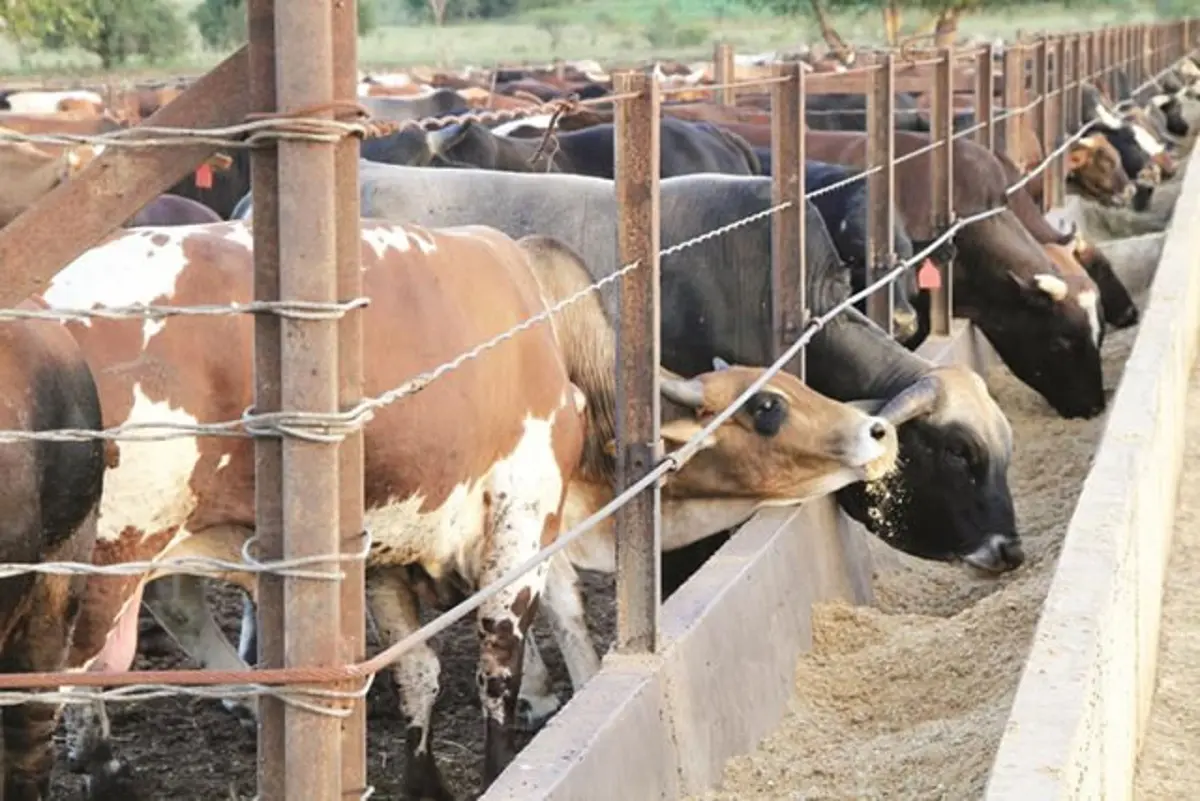As a cattle farmer or livestock manager, your role in identifying and stocking potential feed resources before the dry season begins is crucial. Consider crop residues, hay, silage, and commercial feeds to ensure the well-being of your cattle.
Supplementary Feeds
It’s your responsibility to ensure that during the dry season, your cattle receive the extra nutrients that are unavailable in natural forage. This is where supplementary feeds play a vital role.Grains and Concentrates: Provide energy with corn, barley, Maize bran and other grains.
Protein Supplements: Use cottonseed meal, soybean meal, and other protein-rich feeds.
Mineral and Vitamin Supplements: Ensure your animals receive the necessary minerals (calcium, phosphorus, salt) and vitamins (A, D, E). Mineral licks or blocks can be beneficial.
Forage Alternatives
When natural forage is scarce, consider:
Hay: grass hay, lucerne grass, wheat straws
Silage: If available, it provides a high-energy food source.
Crop Residues: Collect residues from maize, sorghum, and beans.
Water Supply
Ensure constant access to clean water to prevent dehydration.
Feeding Schedule
Maintain a consistent feeding routine to keep their digestive systems efficient. For example, if you notice that your cattle are becoming more active or restless, you might need to increase their feed quantity. On the other hand, if they are showing signs of digestive issues, you might need to adjust the feeding schedule.
Body Condition Scoring (BCS)
Monitor your cattle’s body condition regularly to adjust feed quantity and type, preventing weight loss or excessive fat.
Health Monitoring
Watch for signs of disease, as cattle are more susceptible to nutritional stress. These signs can include changes in appetite, weight loss, diarrhea, or unusual behavior. Regular deworming and vaccinations are essential to prevent these issues.

